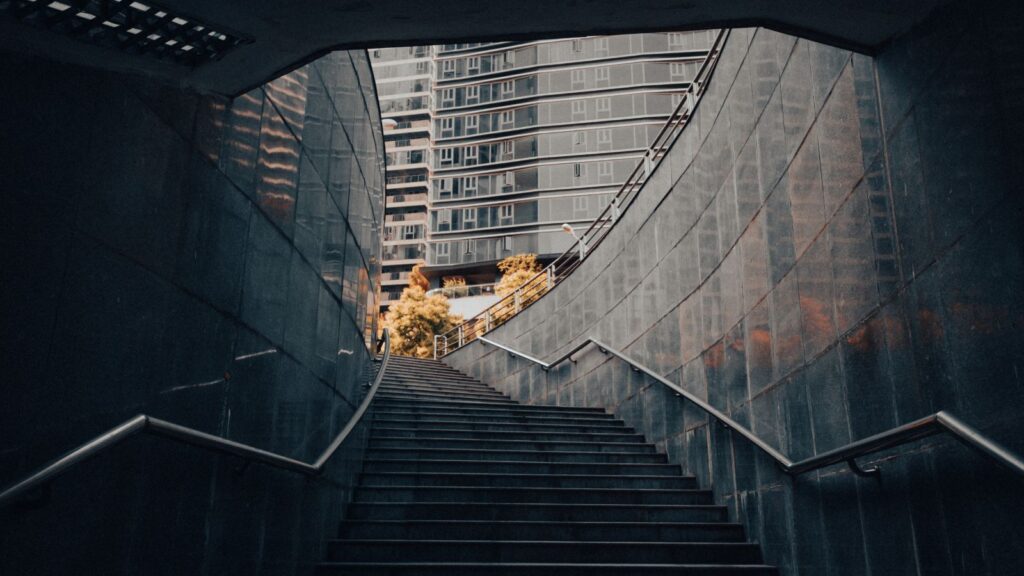Walking alone at night means some places are best avoided for your safety. Whether you’re in a bustling city or a quiet town, certain areas are notorious for being risky after dark. Here’s a list of 18 places you should steer clear of when the sun goes down to ensure you stay safe and sound.
Abandoned Buildings
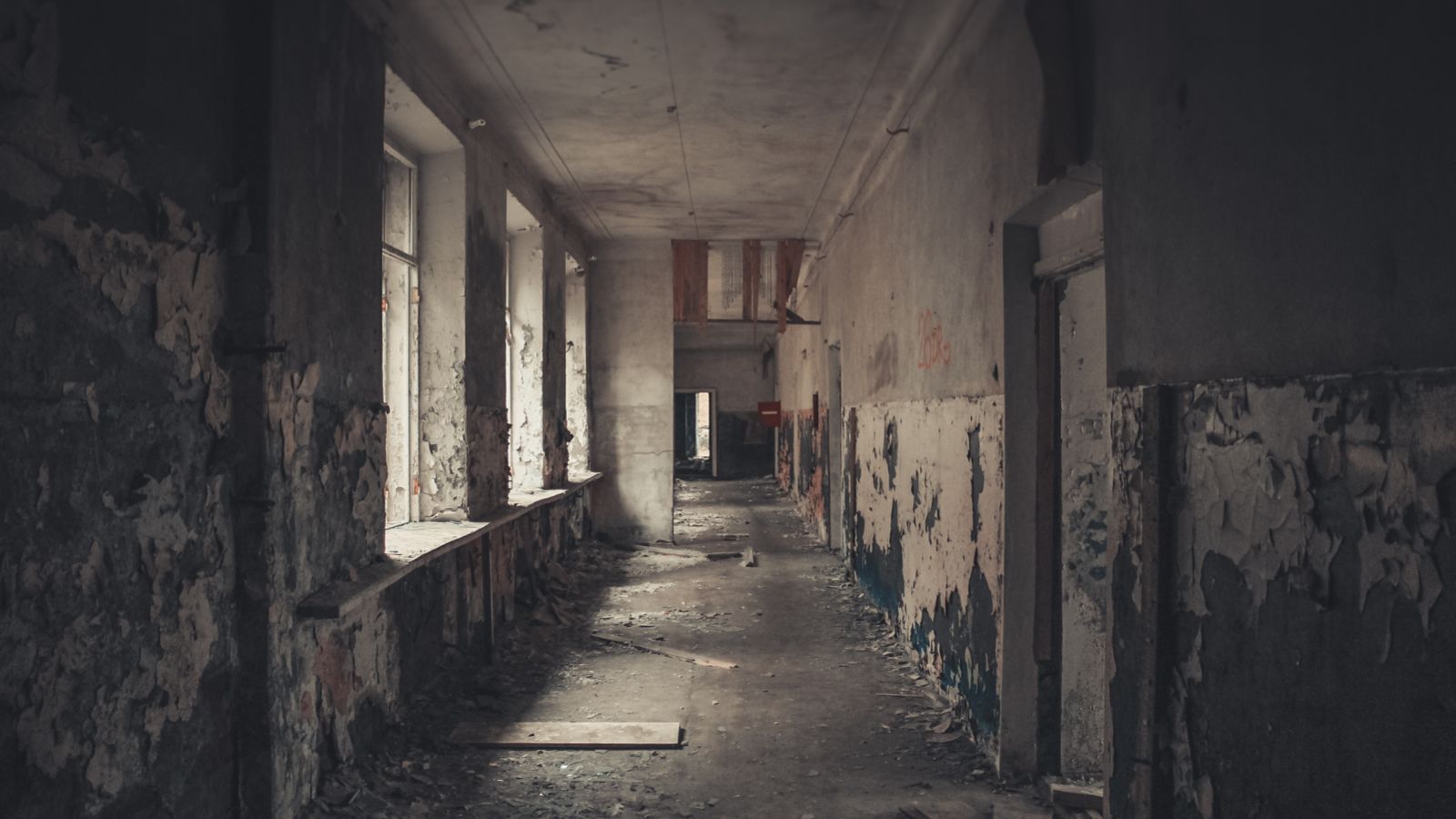
Abandoned buildings often appeal to “the kind of people that like exploring empty ruins that tell stories,” says Forbes. However, these places can be incredibly dangerous at night. They are often frequented by squatters, drug users, and people engaging in other illegal activities. The lack of proper lighting and the general state of disrepair can also lead to accidents.
Dark Alleys
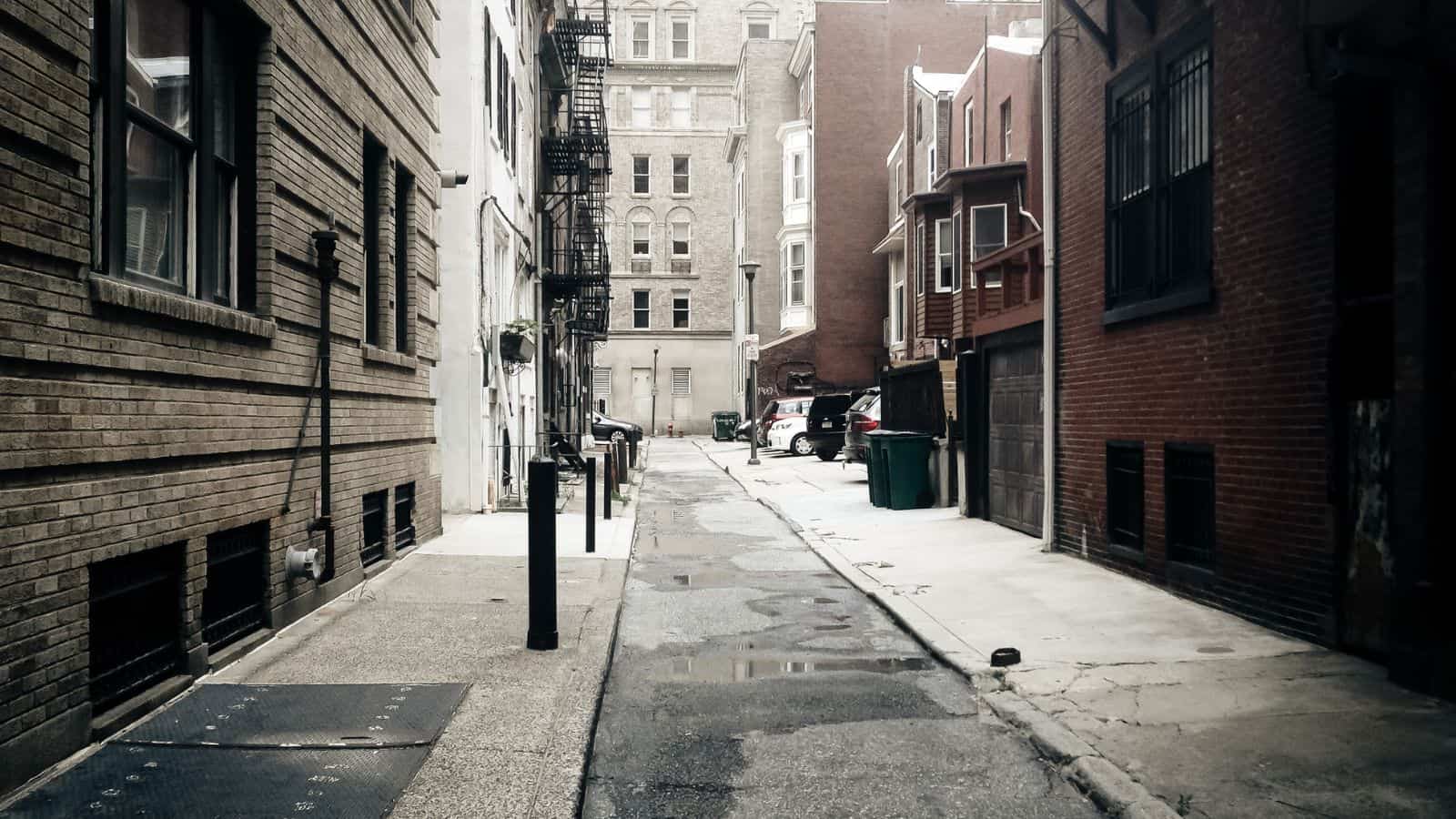
Dark alleys are synonymous with danger for a reason. These narrow, often poorly lit passageways are a hotspot for criminal activity. Without adequate lighting and the presence of other people, you become an easy target for muggers or worse, so even if an alley looks like a convenient shortcut, it’s not worth the risk.
Parks
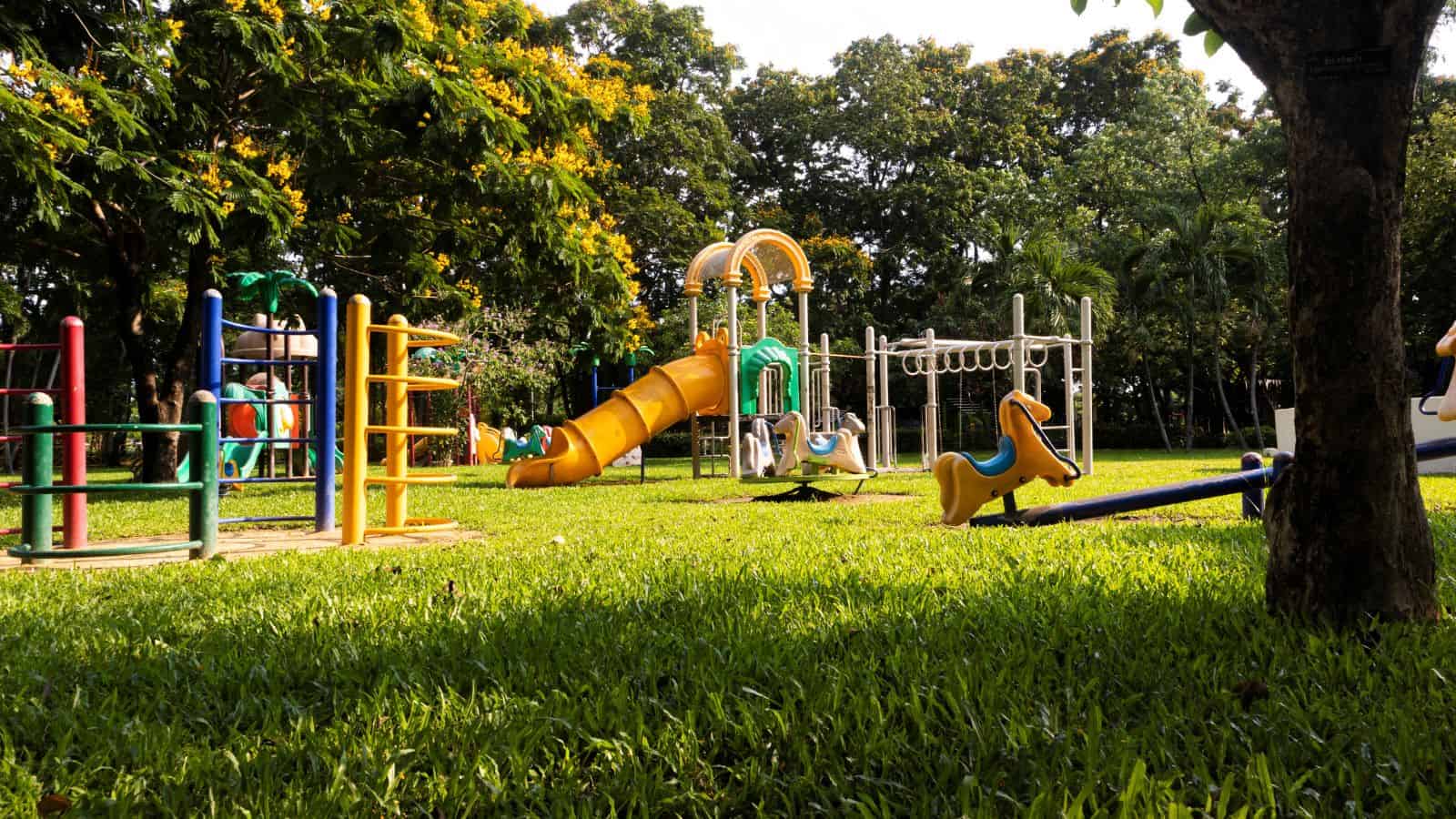
While they’re lovely during the day, parks can become quite the opposite after dark. Few people are around and there are plenty of places to hide, making parks potentially dangerous. The vast open spaces and dense trees offer perfect cover for those with bad intentions. It’s best to enjoy parks during daylight hours and find alternate routes in the evening.
Train Stations
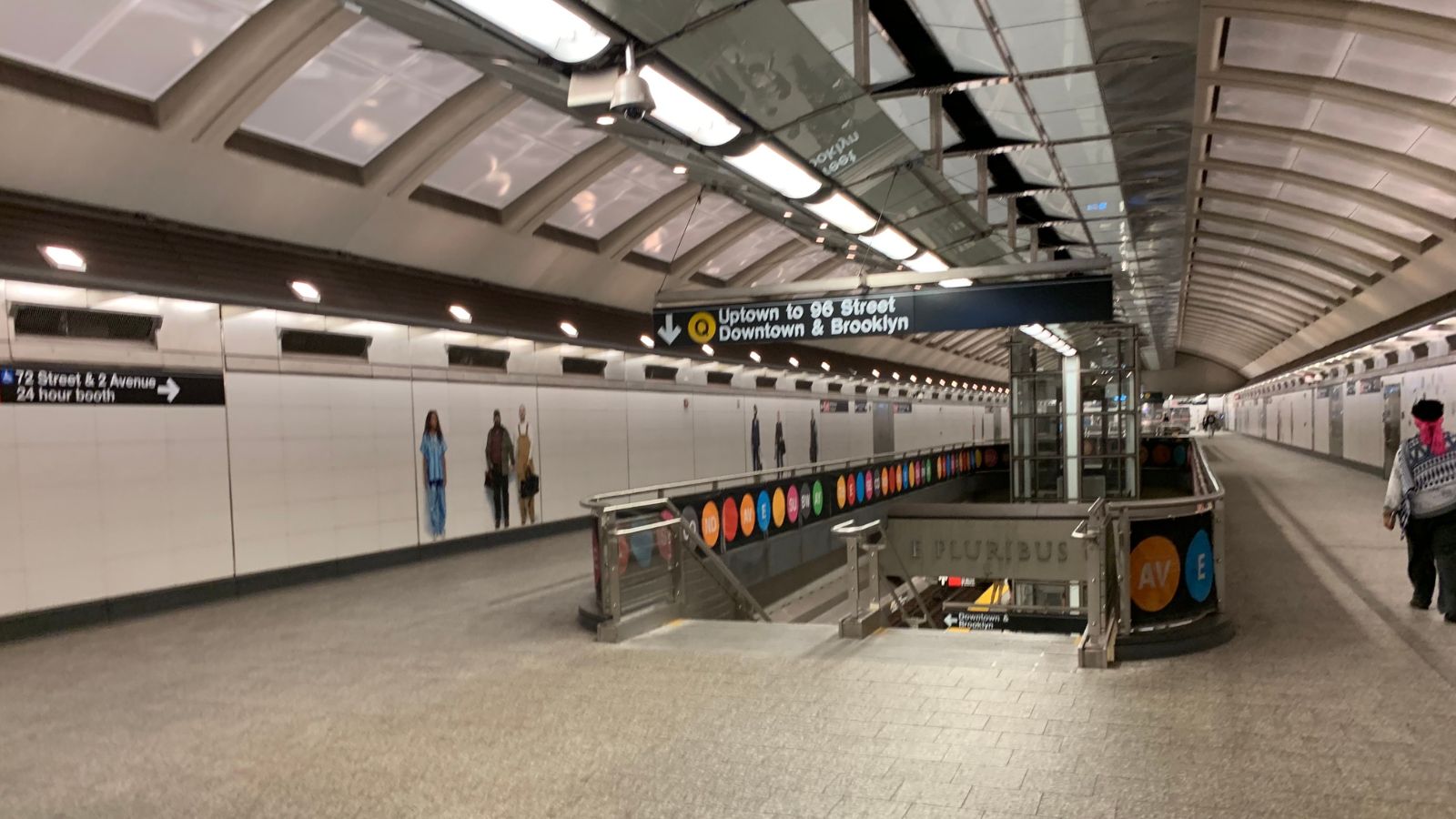
Train stations can be bustling during the day but tend to quiet down significantly at night, and this decrease in activity can make them unsafe, especially in less busy areas. The deserted platforms and waiting areas can be unnerving, and the presence of fewer people can make you vulnerable to crime.
Indoor Car Parks
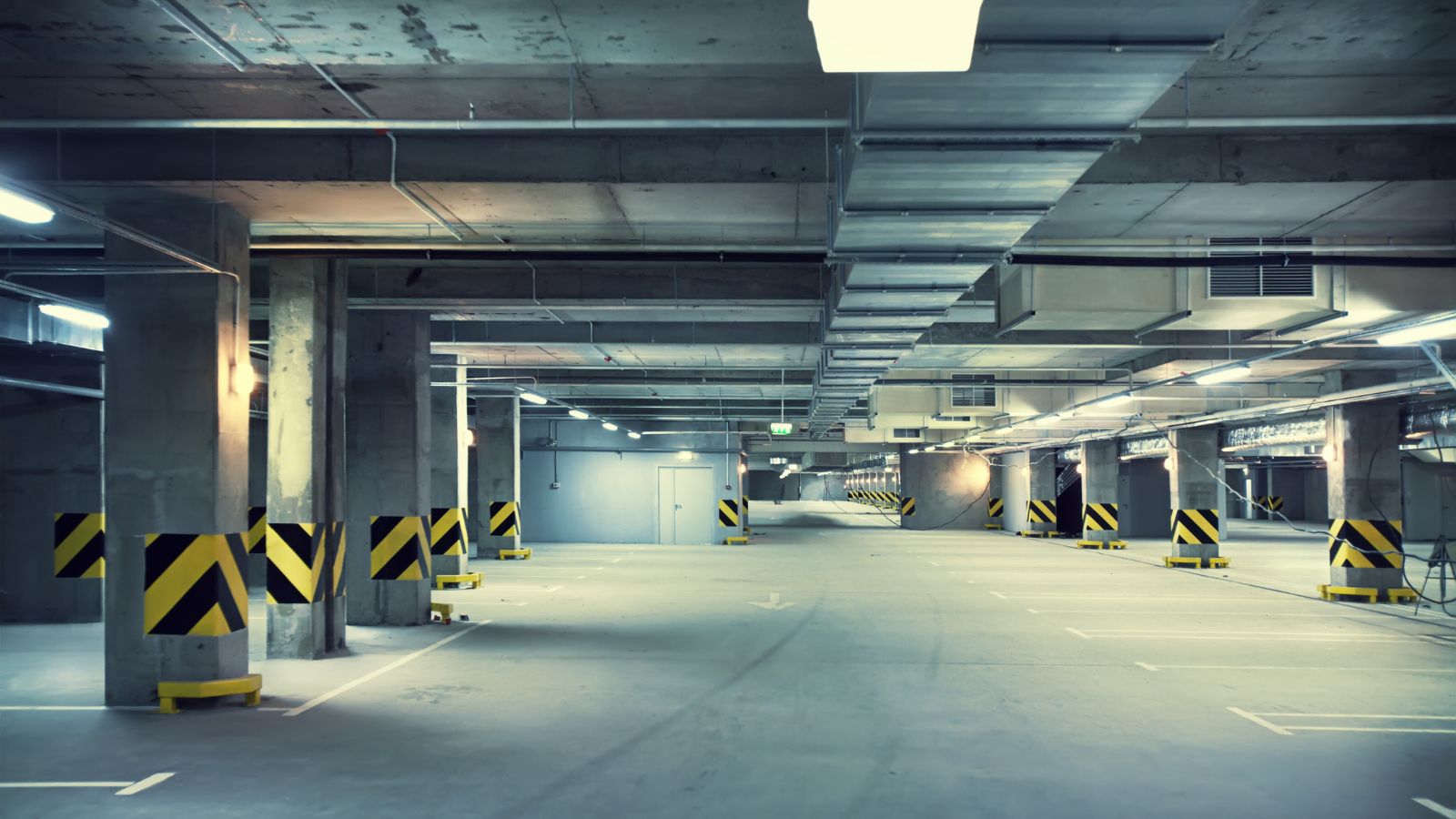
Another place you should avoid walking alone at night is an indoor, covered car park. These structures can be eerie when empty and provide plenty of hiding spots for potential attackers. The multiple levels and corners can make it hard to see what’s ahead or behind you. If you have to use a car park after dark, try to find one with good lighting and security.
Industrial Areas
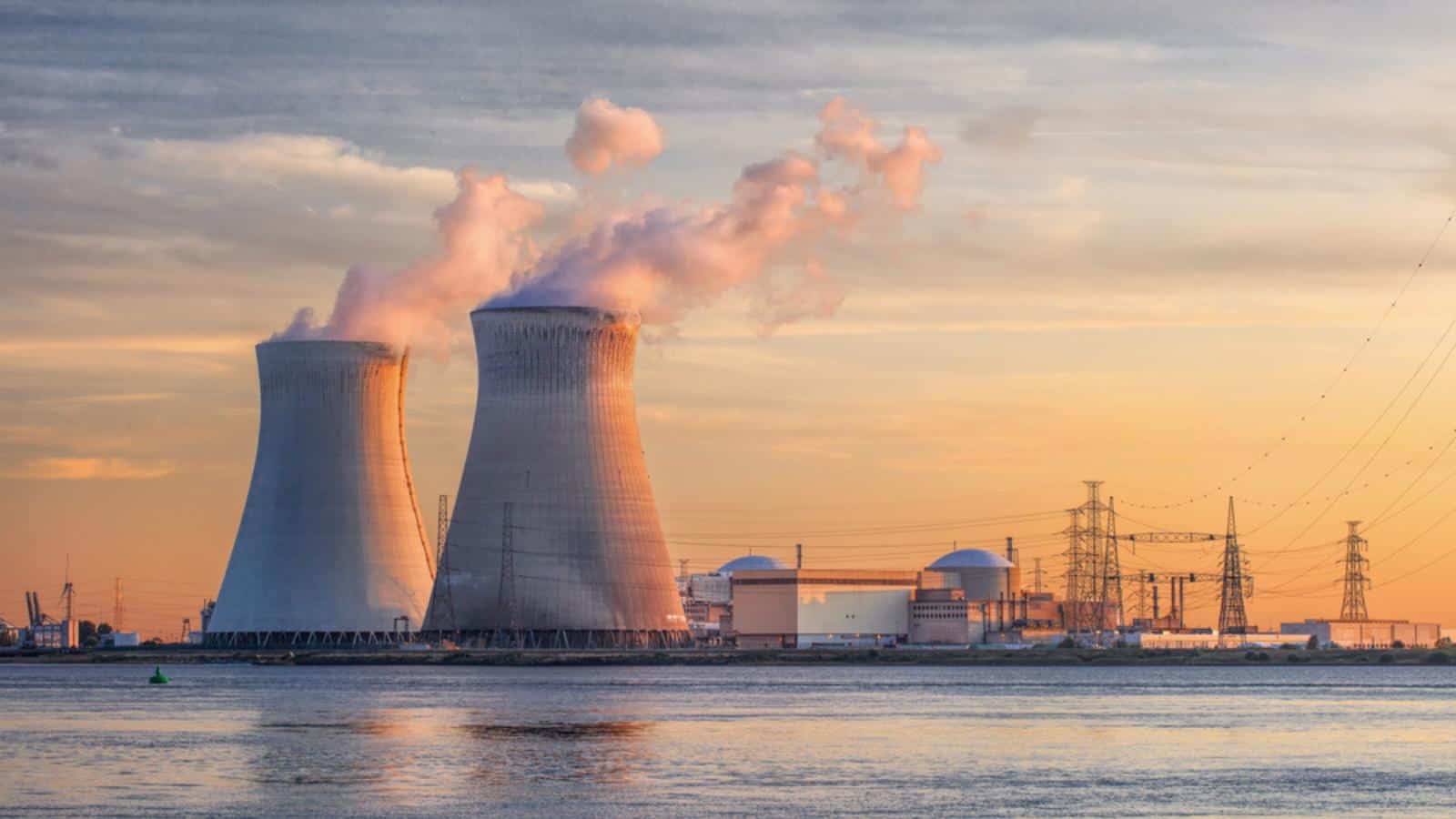
Industrial areas can be quite deserted after working hours, making them unsafe for solo night-time walks, as the large buildings and lack of pedestrian traffic make these areas perfect for criminal activity. Moreover, the absence of residential properties means there are fewer people around to help if you run into trouble.
Pedestrian Tunnels
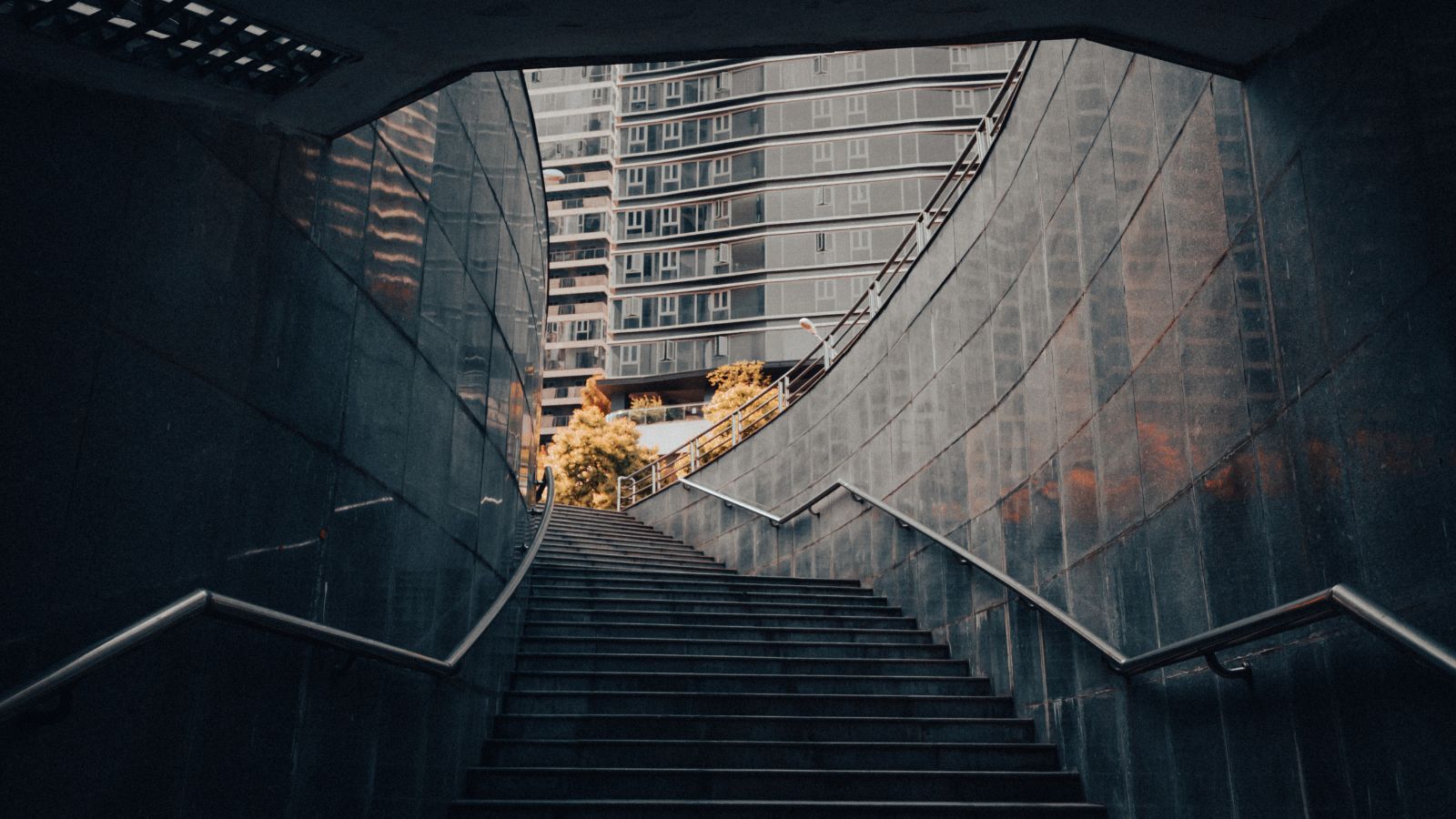
Let’s be honest, underpasses or pedestrian tunnels can be creepy even during the day, but at night they become even more so. The dim lighting and echoing sounds can be unsettling, and these areas are often used by the homeless or others looking for shelter.
Beaches
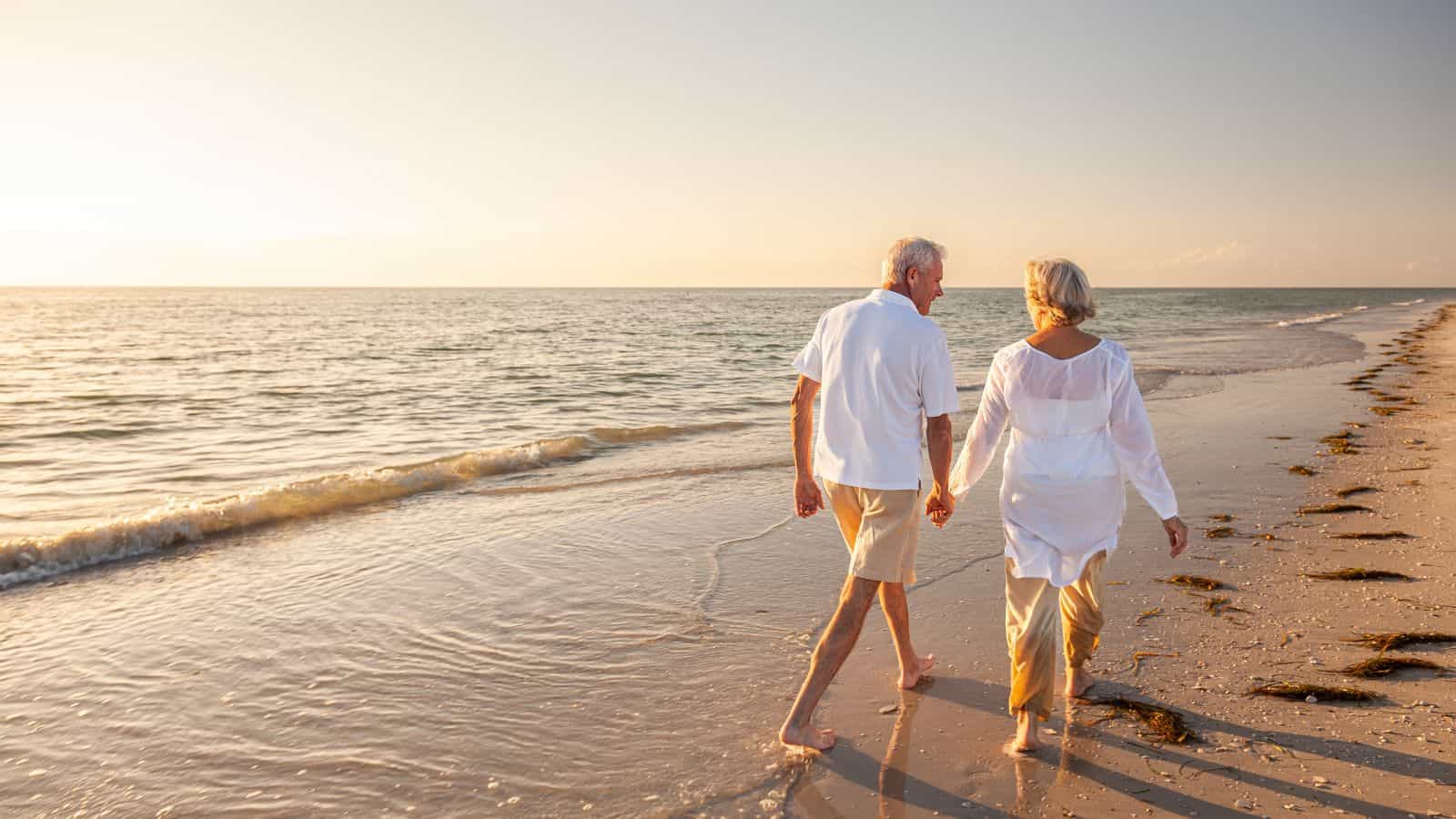
Beaches might seem peaceful at night thanks to the romanticised sunset idea, but they can also be quite dangerous. This is thanks to the lack of lighting and the sound of the waves which can mask other noises. The vast open space can make you feel isolated and vulnerable, not to mention that tides and currents can be unpredictable.
Remote Country Roads
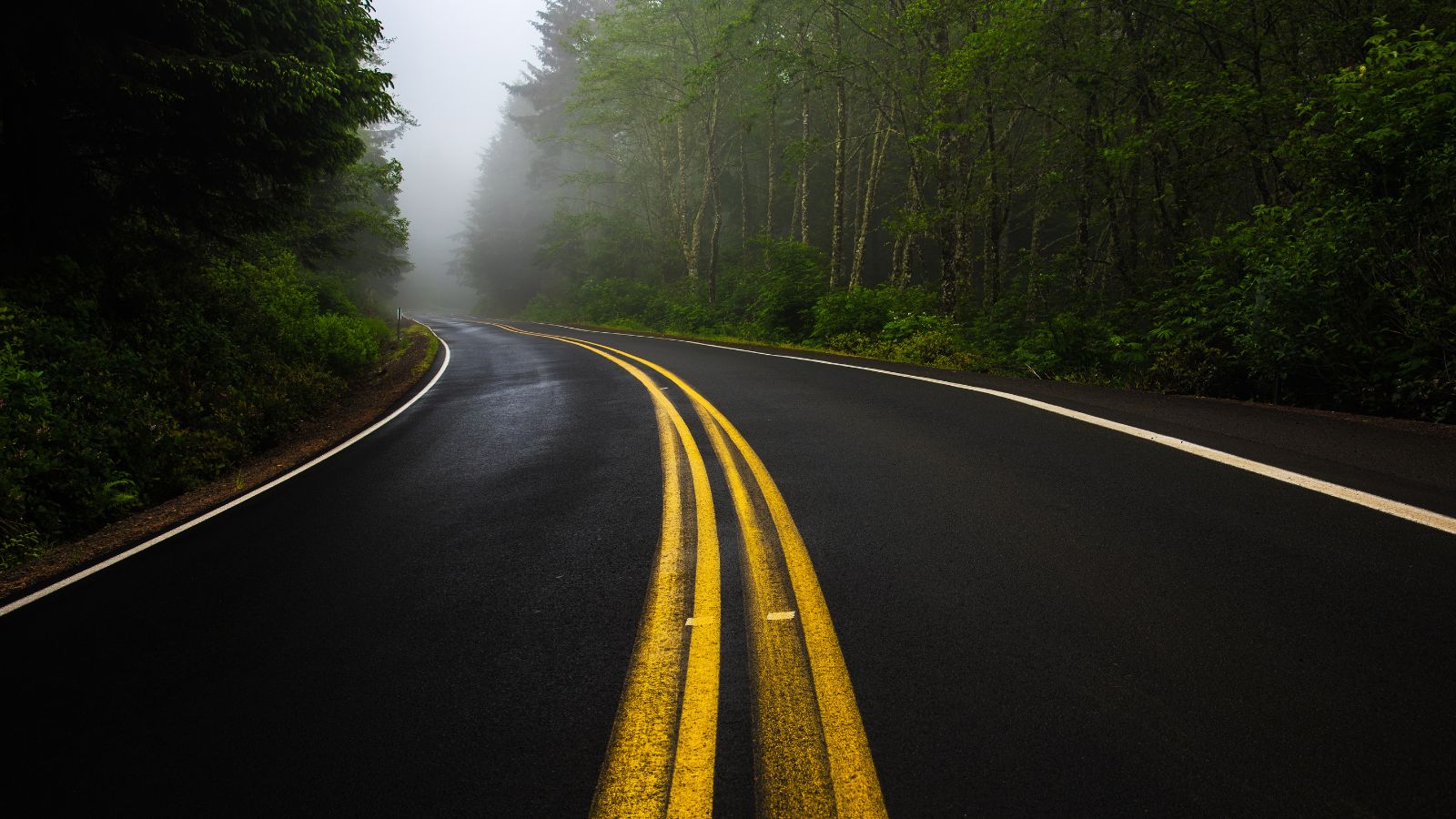
If you’re walking along remote country roads at night, it can be risky because these roads are often poorly lit and have little to no pedestrian traffic. The quiet can be deceiving, too, as wildlife or stray animals can suddenly appear, and there’s always the risk of encountering someone with bad intentions.
Empty Land
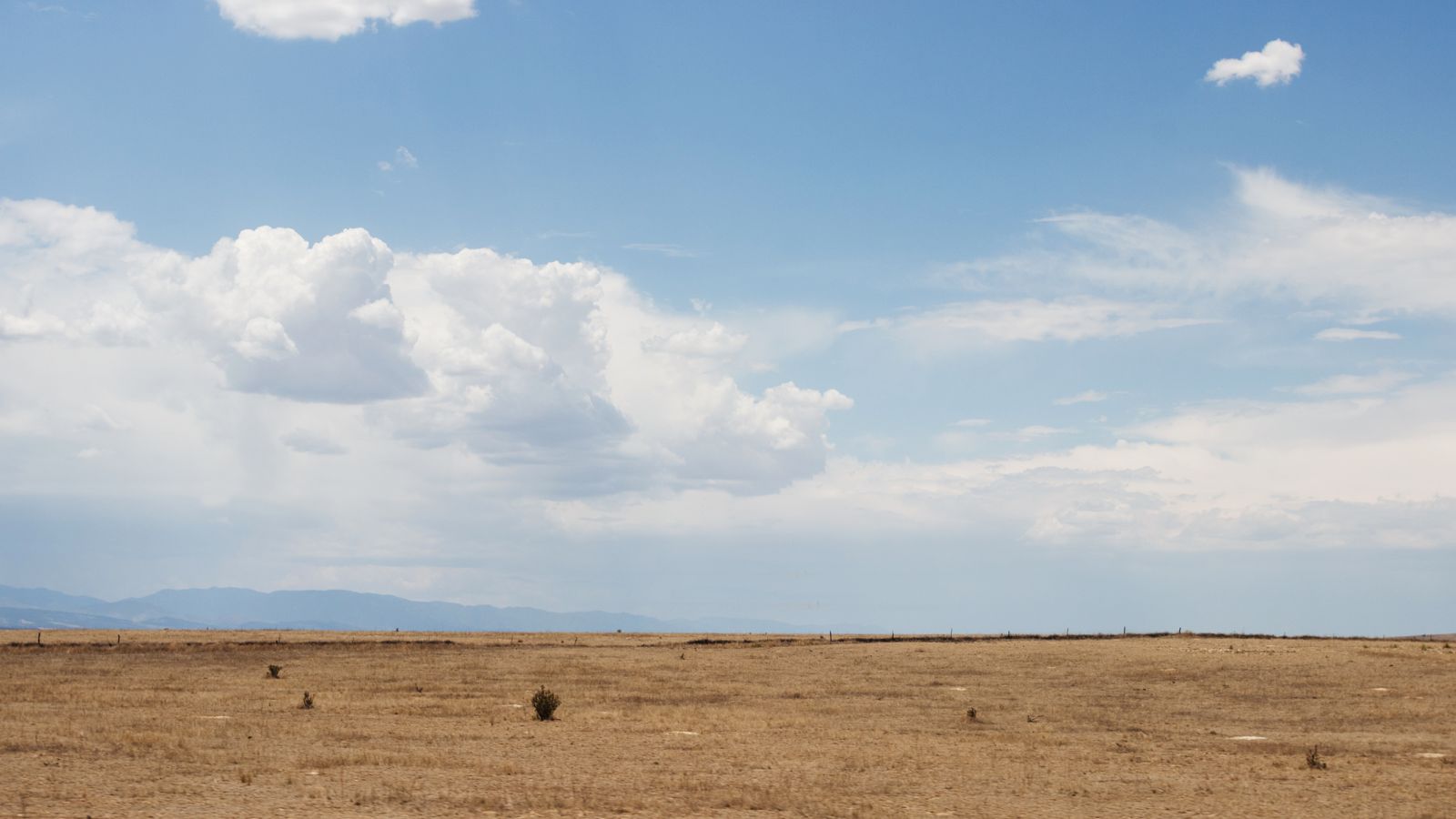
Empty land or residential plots are usually deserted and can be quite dangerous at night. These areas are often not well-maintained, with uneven ground and hidden hazards. They can also attract illegal activities, making them a hotspot for trouble. Without proper lighting and security, you’re at a greater risk of encountering someone nefarious.
Public Toilets
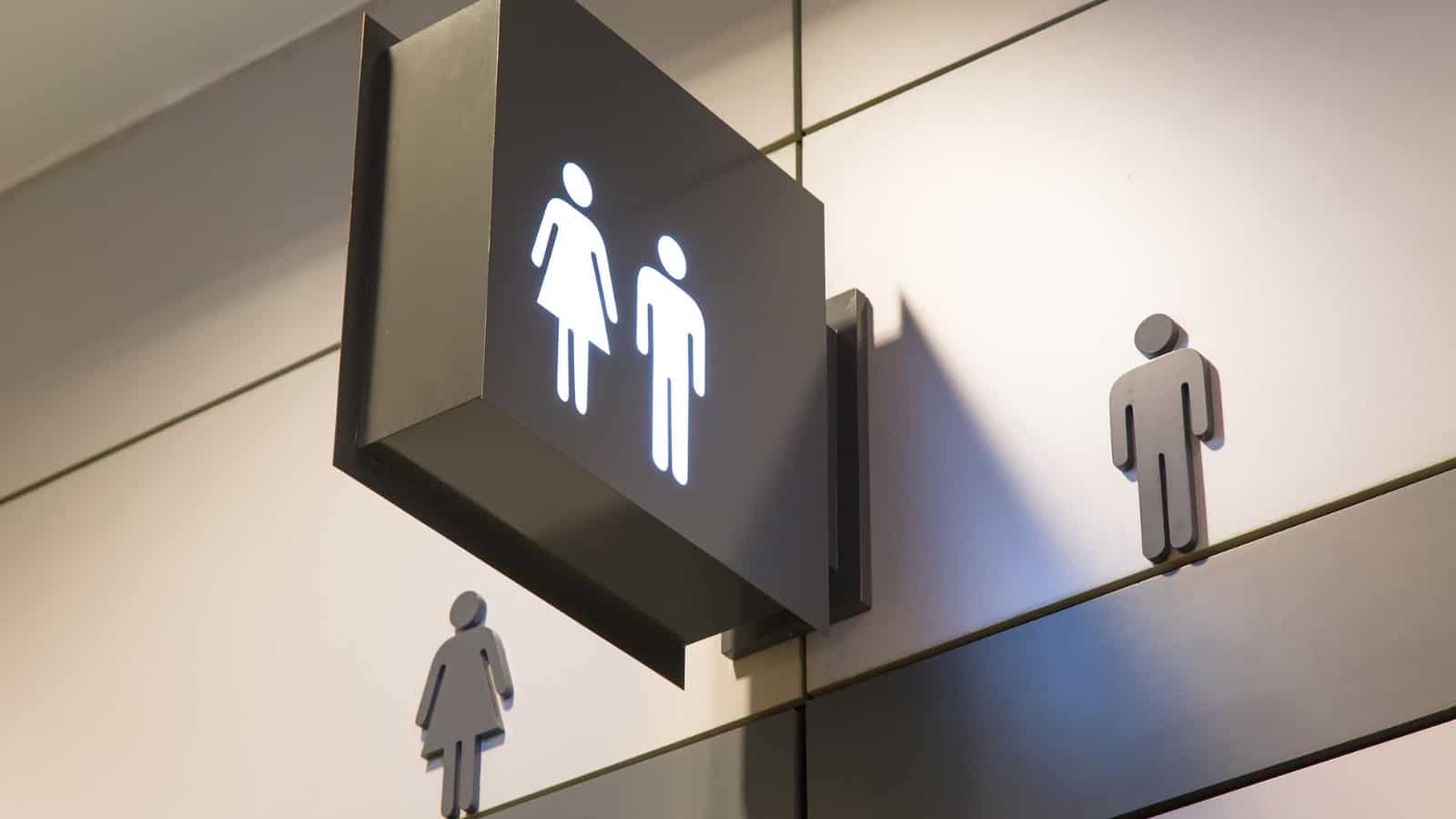
We know public toilets are necessary, but they can be unsafe, particularly at night. They’re often isolated and not well-monitored, making them a target for criminal activities, and the confined space can make it difficult to escape if you find yourself in a dangerous situation.
Footbridges
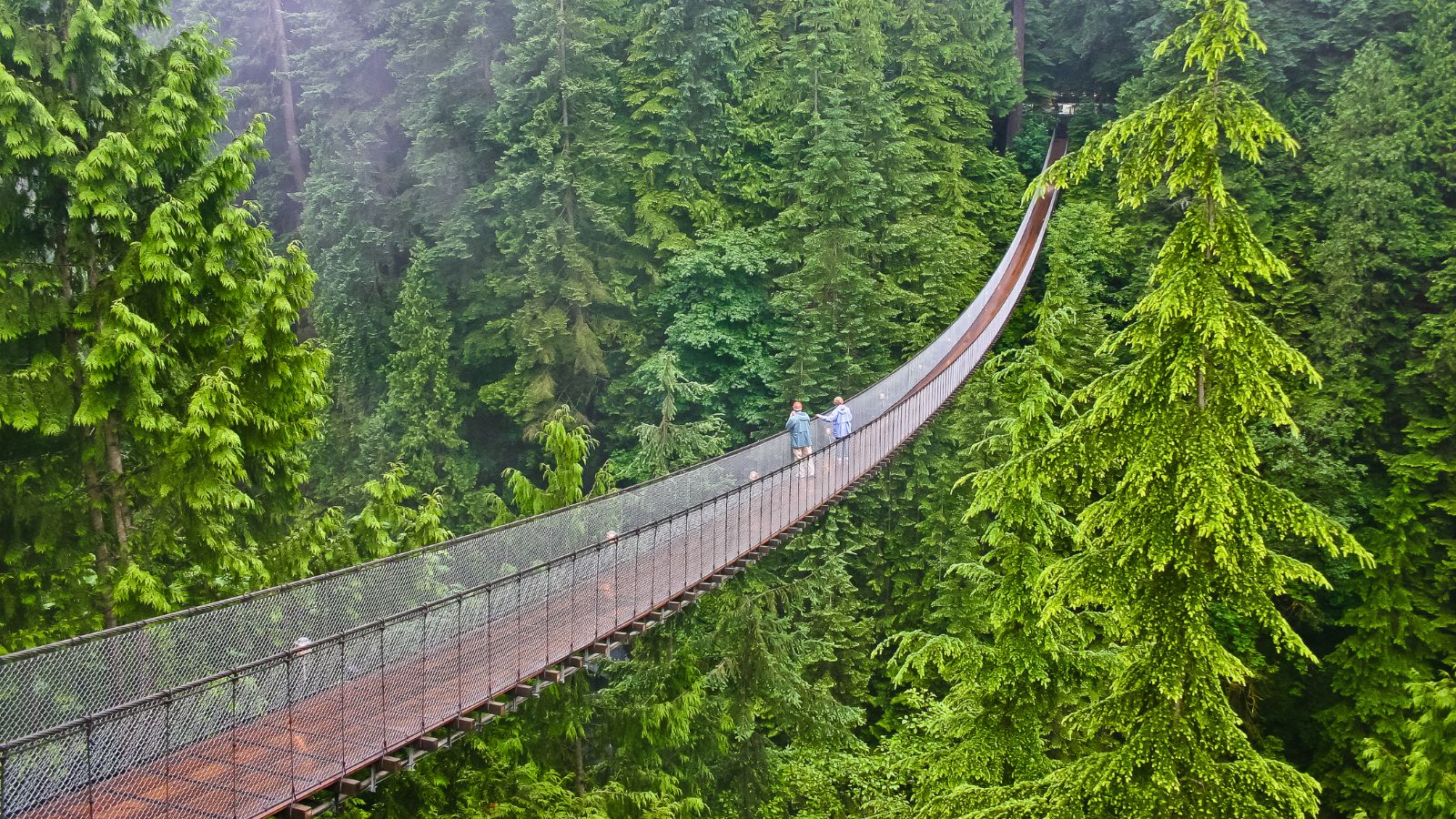
Another place that can be eerie at night due to their isolation and often dim lighting is a footbridge. The elevated structure can make you feel exposed, and the lack of other pedestrians can increase your vulnerability. These bridges can also attract unsavoury characters, and the limited escape routes can put you at a disadvantage.
Night Buses

They might be convenient, but buses at night can be uncomfortable and potentially unsafe. With fewer passengers and drivers focused on their routes, it’s easier for incidents to go unnoticed, and the late-night crowd can sometimes include individuals who are intoxicated or have ill intentions.
Quiet Residential Streets
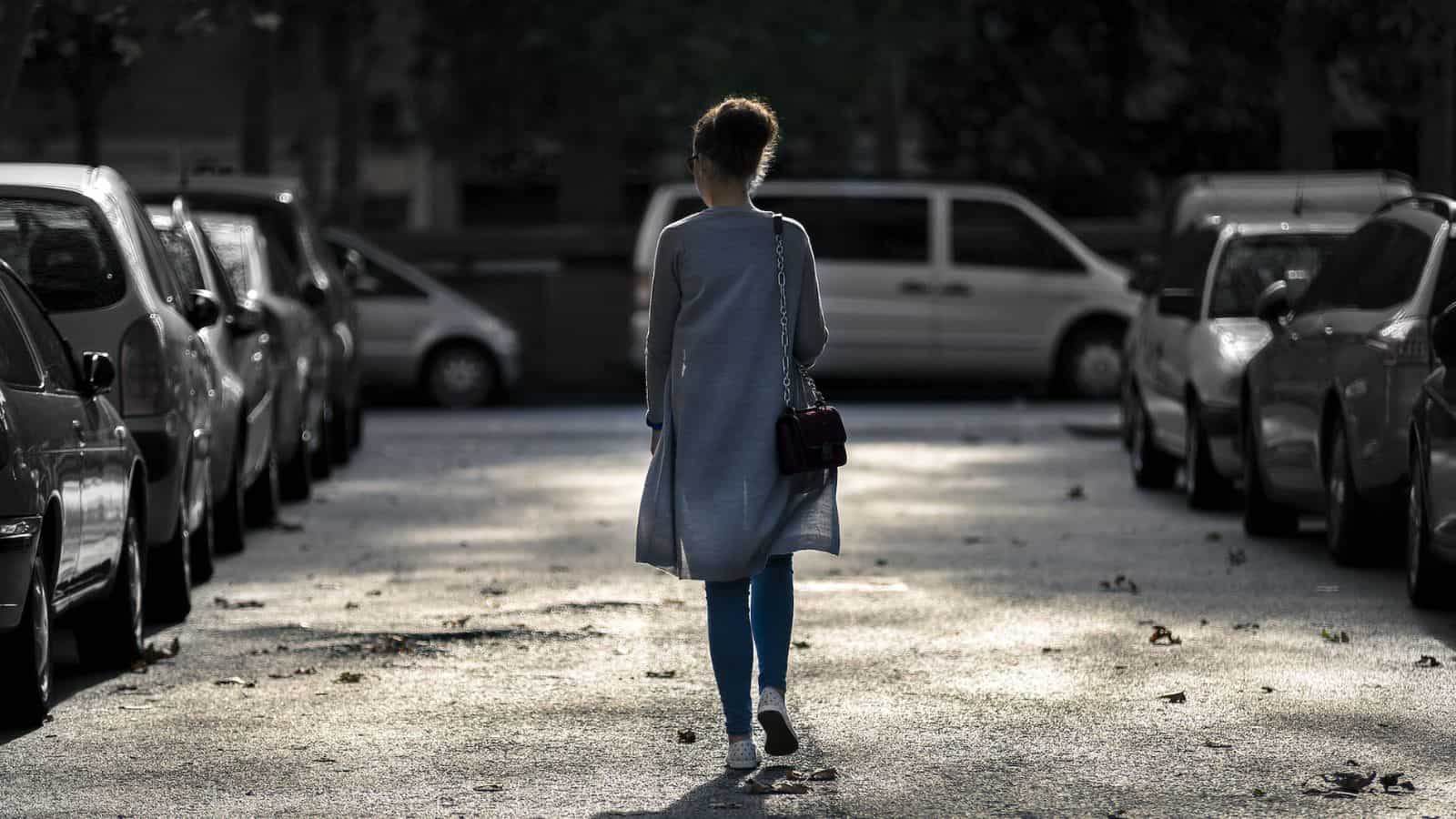
Even quiet residential streets can be risky at night, as the lack of activity and lighting can make you an easy target. While these streets may seem safe because they’re in residential areas, they can be too quiet, making it difficult to find help if needed.
Construction Sites
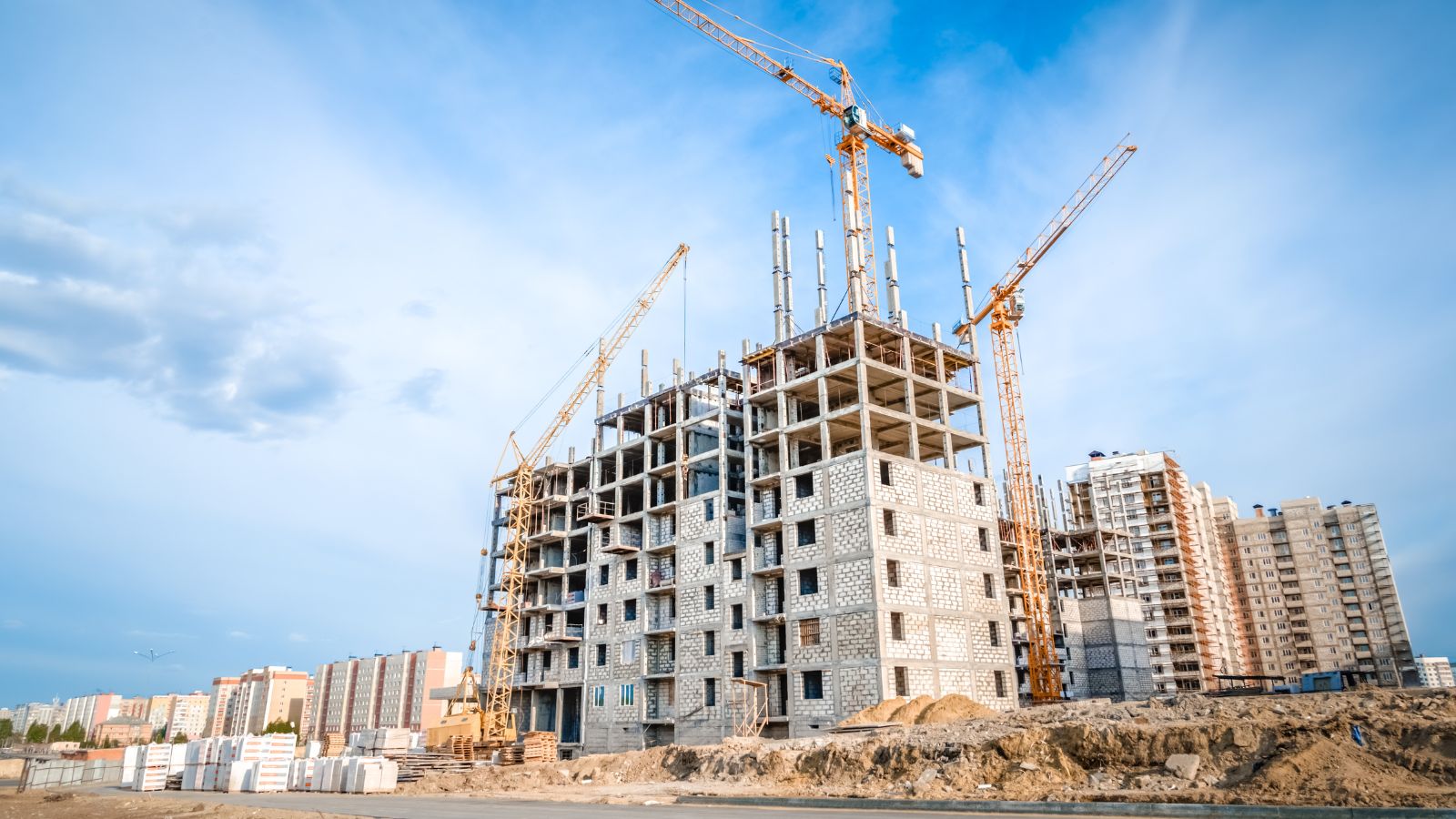
Construction sites are hazardous during the day and even more so at night. These areas are usually fenced off but can still be accessible, meaning the equipment, debris, and unstable structures pose significant risks. Additionally, the isolated nature of construction sites makes them a prime location for illicit activities.
Backstreets
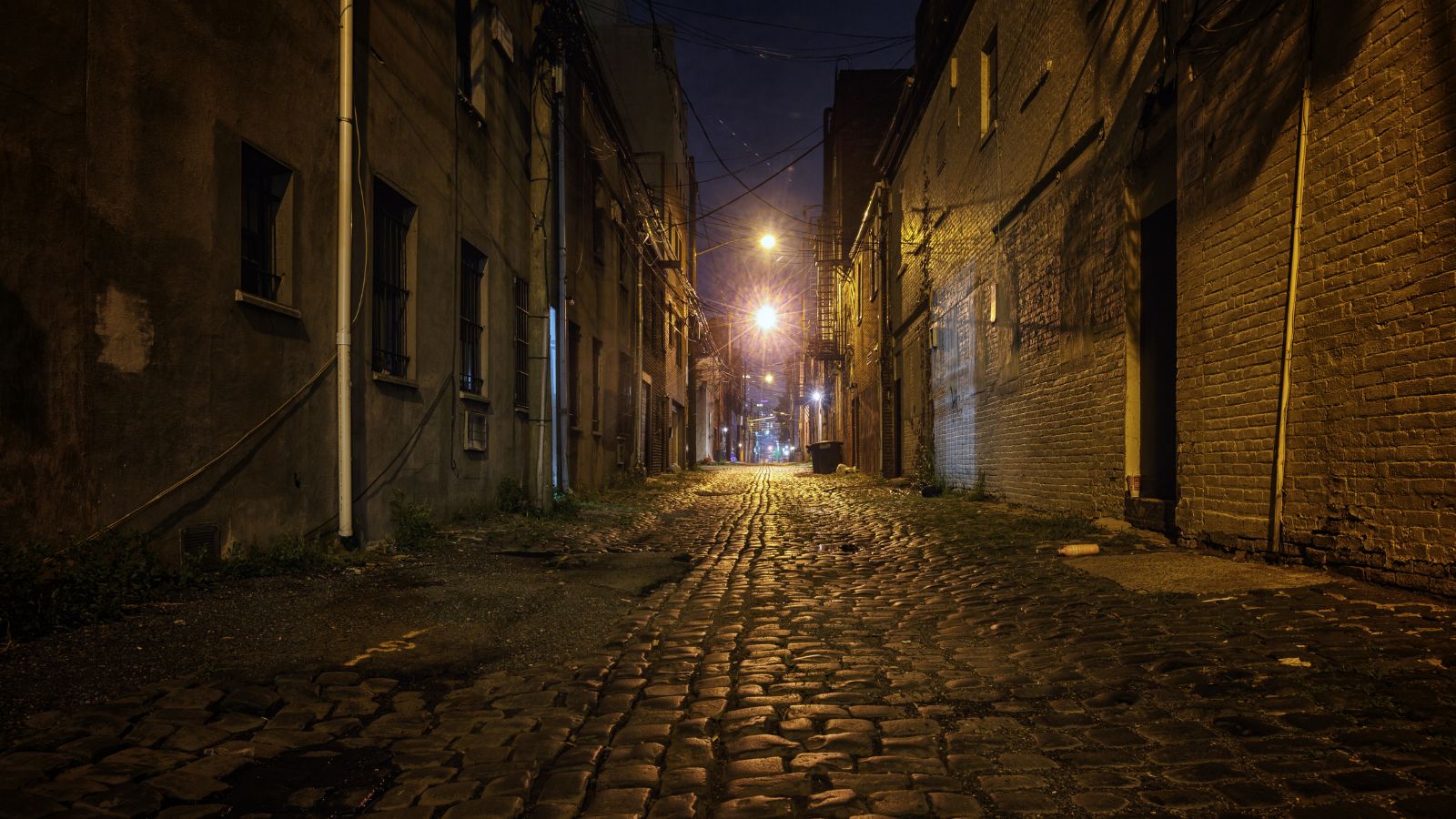
It might be appealing for a shortcut, but backstreets are usually empty and badly lit, making them a haven for criminal activities. The lack of foot traffic means fewer witnesses and a higher risk of encountering trouble, so stick to main roads and well-populated areas—even if it means taking a longer route.
Riverbanks
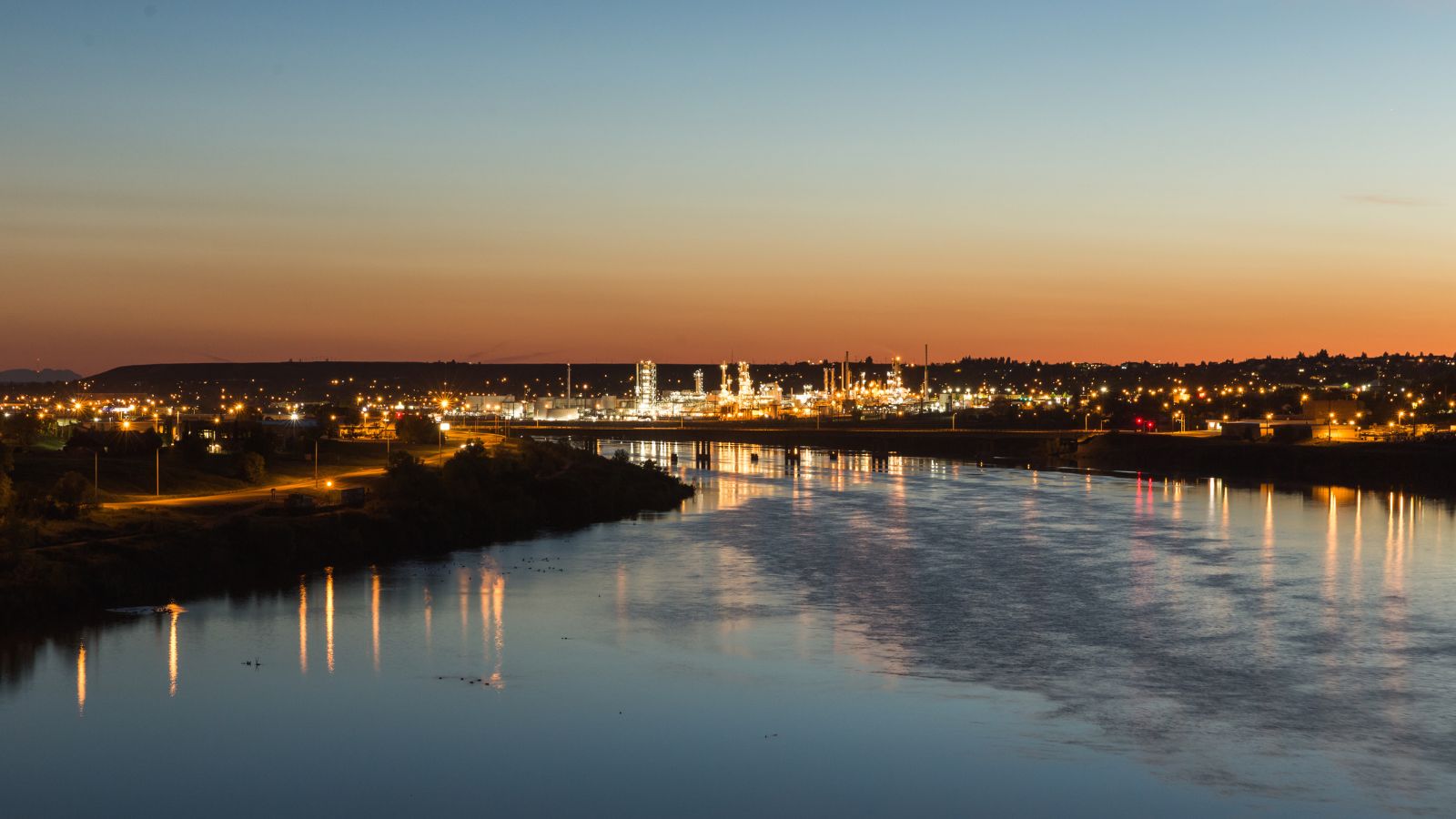
Riverbanks can be serene but also quite dangerous at night. Just like the ocean waves, the water can obscure sounds, making it harder to be aware of your surroundings. The isolation and poor lighting make it an easy spot for potential attackers to hide, too, and you also have the risk of falling into the water.
Shopping Centre Car Parks
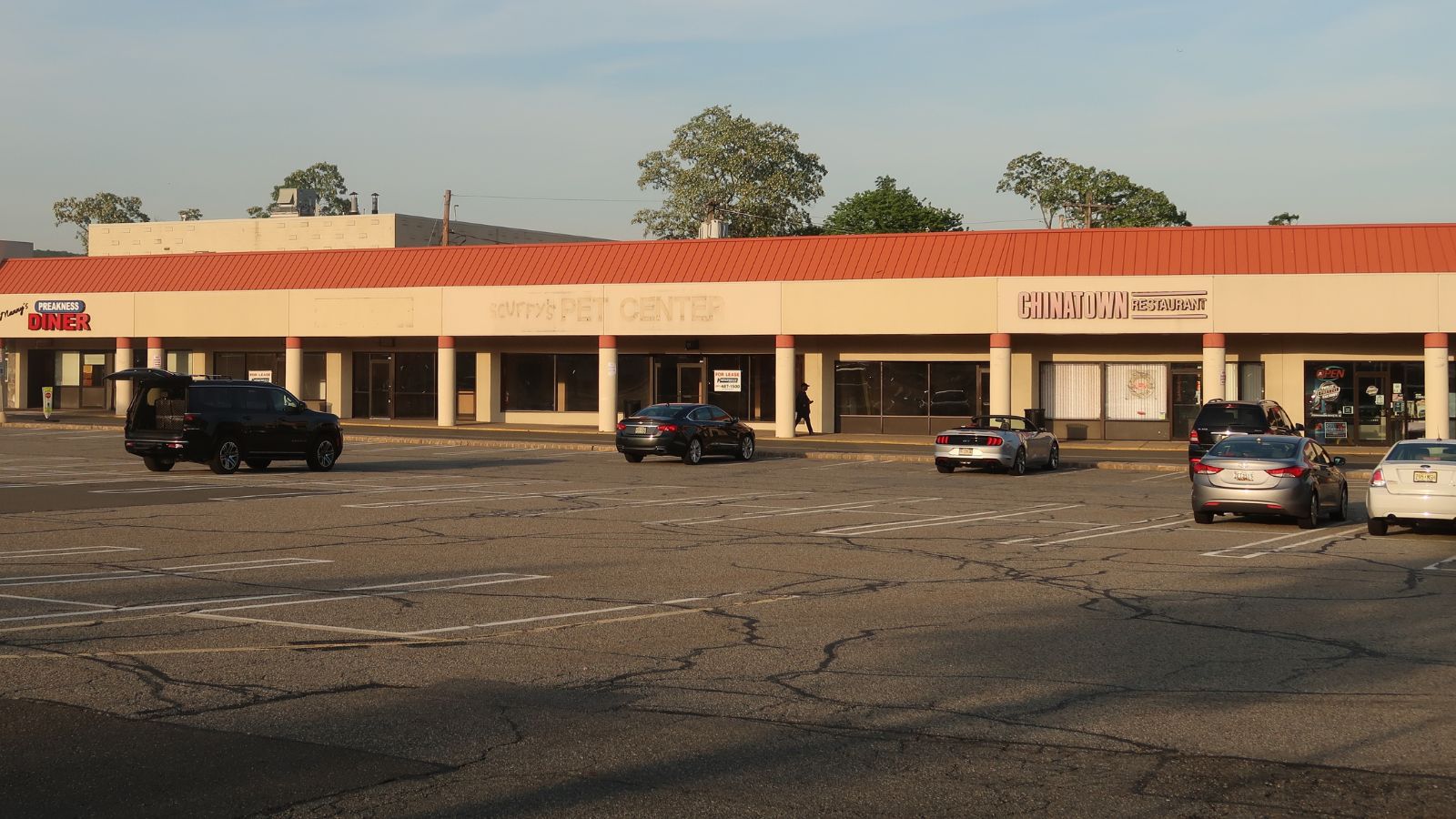
Lastly, shopping centre car parks out in the open are busy during the day but can be ominous at night. These large, open car parks still provide plenty of hiding spots and are often poorly lit, but you’ll also be completely exposed when you’re walking across one.

